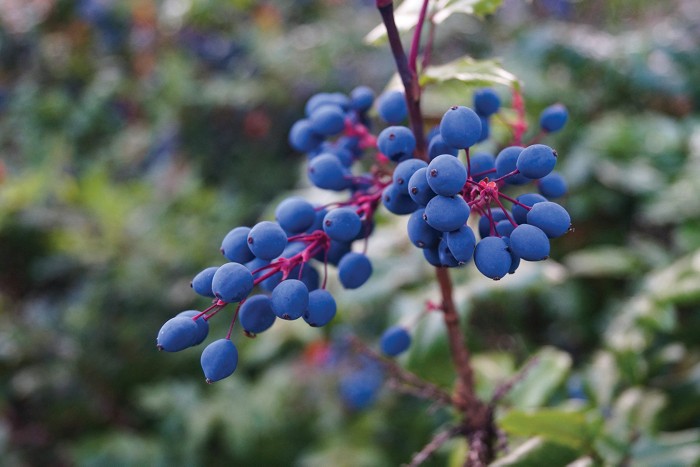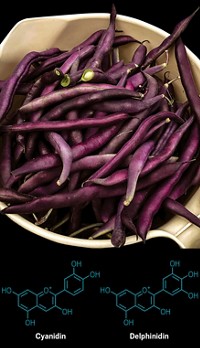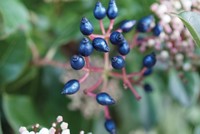Advertisement
Grab your lab coat. Let's get started
Welcome!
Welcome!
Create an account below to get 6 C&EN articles per month, receive newsletters and more - all free.
It seems this is your first time logging in online. Please enter the following information to continue.
As an ACS member you automatically get access to this site. All we need is few more details to create your reading experience.
Not you? Sign in with a different account.
Not you? Sign in with a different account.
ERROR 1
ERROR 1
ERROR 2
ERROR 2
ERROR 2
ERROR 2
ERROR 2
Password and Confirm password must match.
If you have an ACS member number, please enter it here so we can link this account to your membership. (optional)
ERROR 2
ACS values your privacy. By submitting your information, you are gaining access to C&EN and subscribing to our weekly newsletter. We use the information you provide to make your reading experience better, and we will never sell your data to third party members.
Coatings
It’s the wax: blue fruits get their hue from their coating’s crystalline structure
Disordered structures scatter light on the surface of fruits like blueberries, plums, and Oregon grapes
by Bethany Halford
February 9, 2024

Among the vast rainbow of fruits, blue fruits are so rare that scientists classify them as outliers. But strip away a blueberry’s waxy outer coating and the berry looks black. Squish it and the juice that’s released is a deep red, because of the berry’s anthocyanin compounds.
It turns out that the distinctive blue color of blueberries, plums, Oregon grapes, and other blue fruits comes from the disordered structure of their epicuticular wax, according to a new study. The finding could help scientists develop new blue coatings and coatings that reflect ultraviolet light (Sci. Adv. 2024, DOI: 10.1126/sciadv.adk4219).
Scientists led by Rox Middleton, a research fellow at the University of Bristol and the Technical University of Dresden, and Heather Whitney, a plant scientist at the University of Bristol, made the discovery. They used scanning electron microscopy to look at blue fruits’ epicuticular wax crystals and found that wax morphology varied from species to species, but all had small, highly disordered structures that scatter light. “We can say, for sure, that’s where the blue is coming from,” Middleton says.

This differs from other so-called structural colors, which rely on ordered, periodic structures to generate a specific color. The scientists also extracted epicuticular wax fromMahonia aquifolium —the distinctively blue Oregon grape—and recrystallized it onto a black card. The recrystallized coating made the black card appear blue.
Bodo Wilts, an expert in nanostructure photonics at the University of Salzburg who did not participate in the research, points out that in nature, blue is a weird color. The new study adds to what’s known about blue fruits, he says. “Its particularly interesting that the wax structure can be removed and reassembled, which opens the door to novel materials,” he says in an email.
Middleton was surprised that scientists didn’t already know what made blueberries and other blue fruits appear blue. “It’s always astonishing, isn’t it, how little we know about the world around us?” Middleton says.





Join the conversation
Contact the reporter
Submit a Letter to the Editor for publication
Engage with us on Twitter